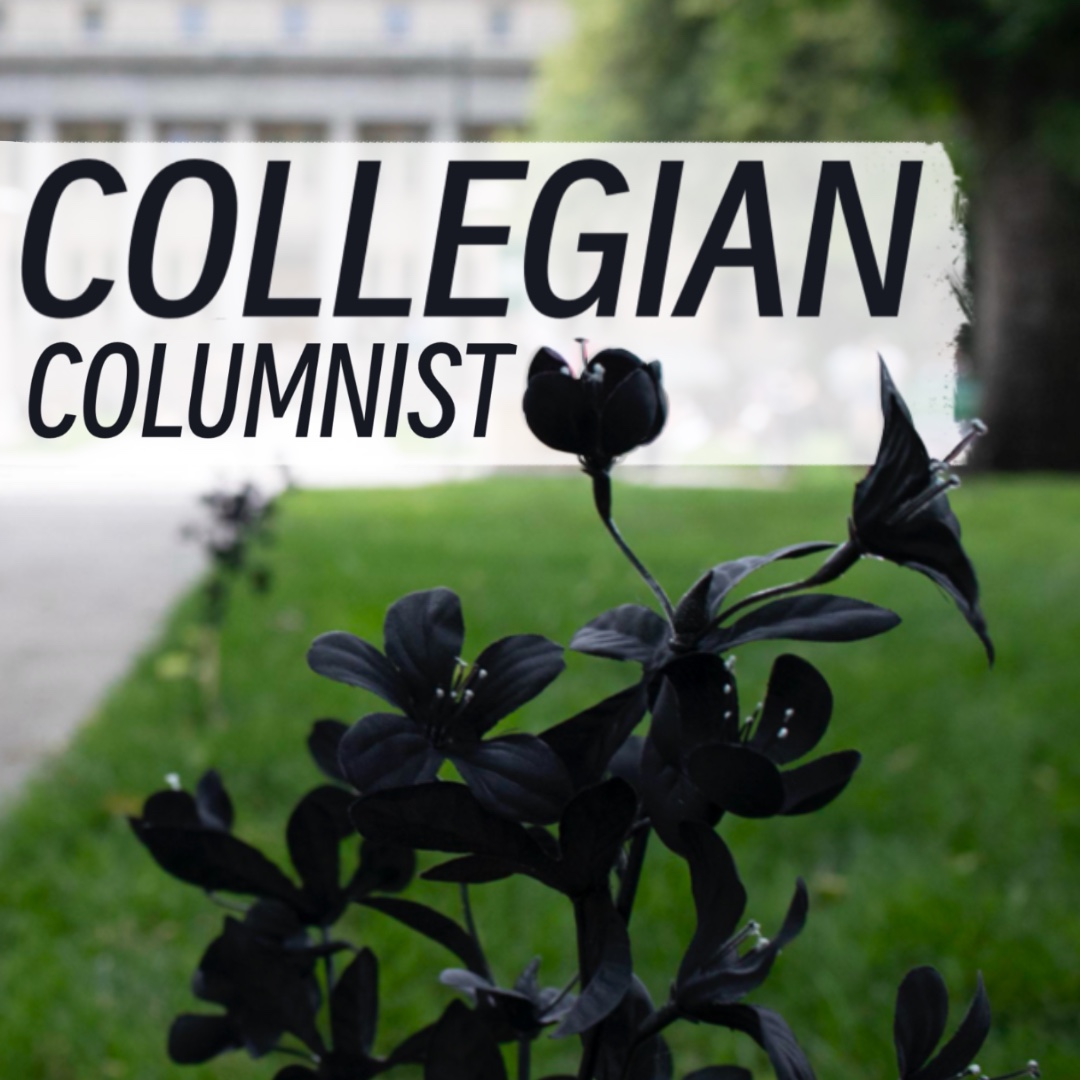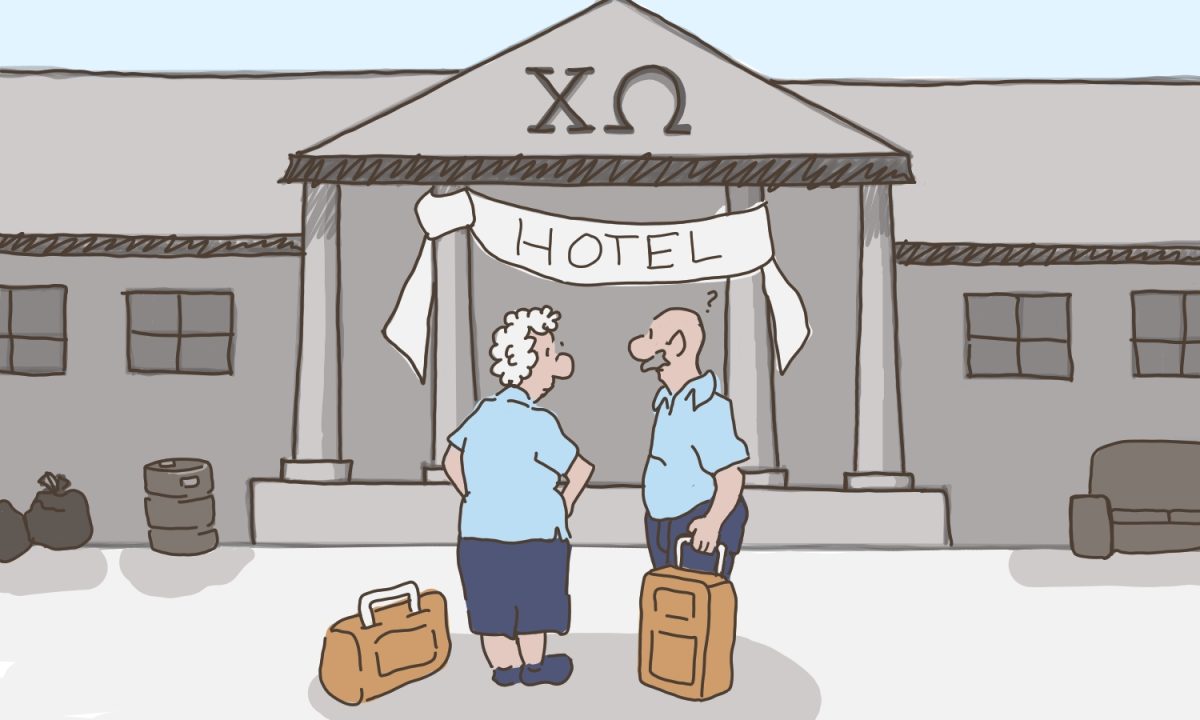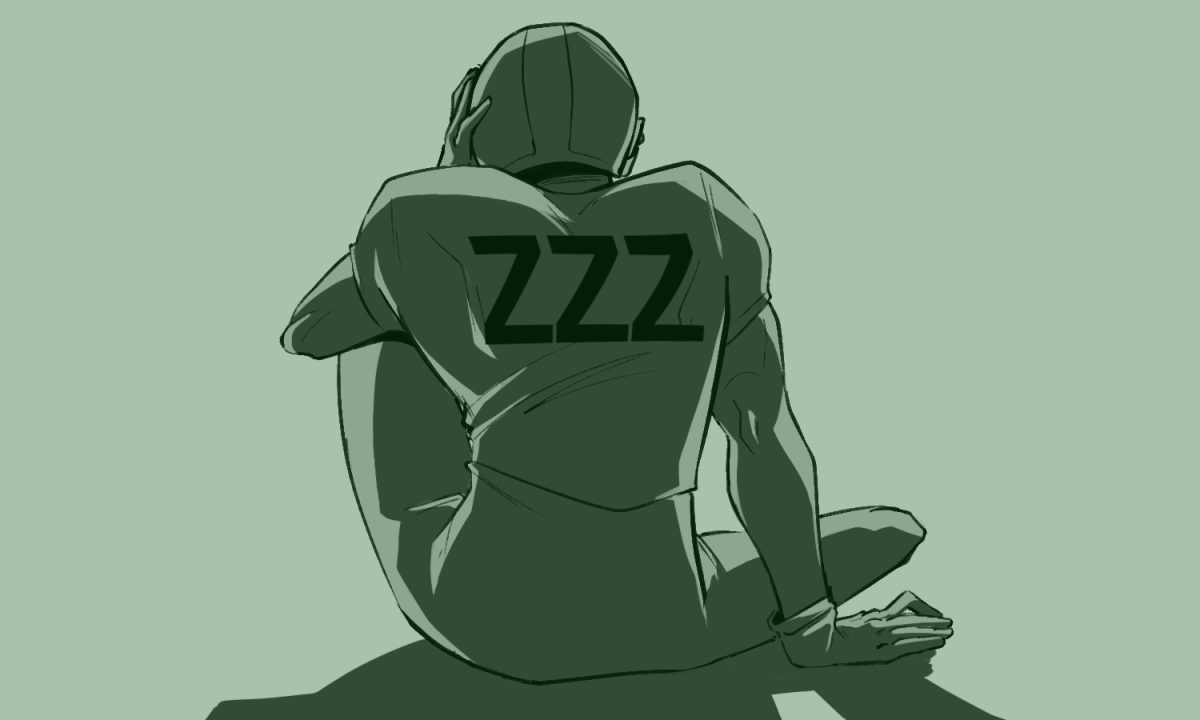Editor’s Note: All opinion section content reflects the views of the individual author only and does not represent a stance taken by The Collegian or its editorial board.
As of now, Colorado State University has the most positive test cases out of every university in the state of Colorado.
By Sept. 8, CSU had 118 positive tests. Our neighbor, the University of Northern Colorado, has only had 20 positive tests, only including ones that have an on-campus impact.
Colorado College in Colorado Springs recently moved more classes online but have only had 12 positive cases.
CSU has relatively intense testing programs for students and staff on campus, including the option of free testing for anyone moving into on campus housing, so naturally we will have more positive cases reported. But an aggressive program of testing could turn out to be a double-edged sword. While testing is important, it might also create a false sense of panic if not done appropriately.
Few people alive today have experienced the immense psychological pressure of an unknown enemy. Think about the Cold War. Though the threat of nuclear war sometimes loomed in the air, at least the source of the threat was known, and that knowledge provides some degree of acceptance in the human mind.
In relation to COVID-19, on the one hand, the aggressive testing helps to keep better track of the virus. On the other hand, fear that another outbreak may strike is not productive for the individual mind and for community stability. In similar fashion to the stress in the population during the Cold War, such general stress in the population could lead to social unrest and disunity within it. Just look at the social divide that has come from those refusing to wear masks.
“CSU’S TESTING REGIMEN, WHICH IS PROVIDING FREE TESTS TO ALL STUDENTS, while responsible, needs to be taken with a grain of salt.”
Looking closer at our COVID-19 testing, studies have shown that the current approved tests for most of the country are too sensitive, causing a positive result from relatively low virus levels according to an article in The New York Times. This means, at the least, we should investigate our testing methodology to ensure that testing is as accurate as possible.
Last but not least, the most important priority of any pandemic is controlling fatality rates. Only 6% of deaths from COVID-19 were exclusively COVID-19, meaning there were no comorbidities involved, such as a heart or lung condition. A more evidence-based response might be to prioritize treatment of these comorbidities instead of trying to control an illness that really can’t be slowed. This might reduce the amount of deaths without necessarily reducing cases.
CSU’s testing regimen, which is providing free tests to students living on campus, while responsible, needs to be taken with a grain of salt. The results might not necessarily paint an accurate picture of campus health. This misrepresentation of reality, especially under the circumstances, can easily lead to more fear and panic far worse than that we have already been experiencing. For reference, people call this crisis “unprecedented.”
There is nothing unprecedented about unrest during a pandemic. Human history has recorded the unrest, war and disaster that has followed in the wake of deadly outbreaks.
Only time will tell if the campus community is mature and responsible enough to reason through our current situation.
Connor Cheadle can be reached at letters@collegian.com or on twitter @ConnorCheadle.








